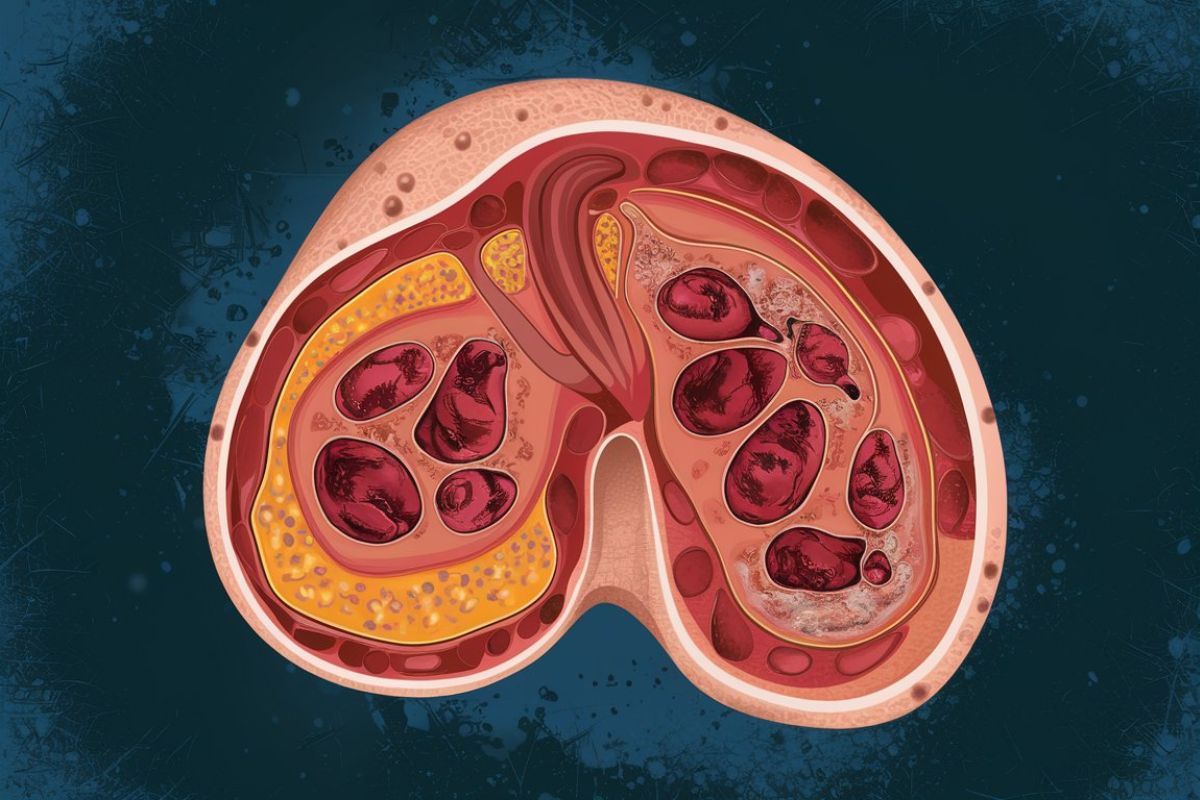
Alveolar Echinococcosis is a rare but serious parasitic disease caused by the tapeworm Echinococcus multilocularis. Found mainly in the Northern Hemisphere, this disease primarily affects the liver, behaving similarly to a slow-growing tumor. Humans become accidental hosts through ingestion of eggs shed in the feces of infected animals like foxes, dogs, or cats. Symptoms often take years to appear, making early detection challenging. Common signs include abdominal pain, jaundice, and weight loss. Diagnosis involves imaging techniques like ultrasound or CT scans, followed by serological tests. Treatment typically requires a combination of surgery and long-term medication. Preventive measures include regular deworming of pets and avoiding contact with wild animal feces. Stay informed to protect yourself and loved ones from this potentially life-threatening condition.
What is Alveolar Echinococcosis?
Alveolar Echinococcosis (AE) is a rare but serious parasitic disease. It primarily affects the liver but can spread to other organs. Understanding this condition is crucial for early detection and treatment.
- AE is caused by the larval stage of the tapeworm Echinococcus multilocularis.
- This disease is more common in the Northern Hemisphere, particularly in Europe, Asia, and North America.
- Foxes, dogs, and cats are the primary hosts of the Echinococcus multilocularis tapeworm.
- Humans become accidental hosts by ingesting eggs from contaminated food, water, or soil.
- The incubation period for AE can range from 5 to 15 years, making early detection challenging.
Symptoms of Alveolar Echinococcosis
Recognizing the symptoms of AE is vital for timely medical intervention. Symptoms often mimic those of other liver diseases, making diagnosis tricky.
- Early symptoms include abdominal pain, jaundice, and weight loss.
- As the disease progresses, it can cause liver enlargement and failure.
- AE can metastasize to other organs, including the lungs and brain, leading to additional complications.
- Symptoms may remain mild for years, delaying diagnosis and treatment.
- Advanced cases can result in severe complications like bile duct obstruction and portal hypertension.
Diagnosis and Treatment
Diagnosing AE involves a combination of imaging techniques and laboratory tests. Treatment often requires a multidisciplinary approach.
- Ultrasound and CT scans are commonly used to detect liver lesions caused by AE.
- Serological tests can help confirm the presence of Echinococcus antibodies.
- Biopsy may be necessary to differentiate AE from other liver conditions.
- Surgical removal of the affected tissue is the most effective treatment but is not always possible.
- Long-term antiparasitic medication, such as albendazole, is often required to manage the disease.
Prevention and Control
Preventing AE involves reducing exposure to the parasite and implementing public health measures. Awareness and education play crucial roles.
- Regular deworming of pets, especially dogs and cats, can reduce the risk of AE.
- Avoiding consumption of wild berries, mushrooms, and other forest foods that may be contaminated with tapeworm eggs is advisable.
- Practicing good hygiene, such as washing hands thoroughly after handling animals or soil, can prevent infection.
- Public health campaigns in endemic areas aim to educate people about the risks and prevention methods for AE.
- Monitoring and controlling wildlife populations, particularly foxes, can help reduce the spread of Echinococcus multilocularis.
Final Thoughts on Alveolar Echinococcosis
Alveolar echinococcosis is a serious disease caused by the Echinococcus multilocularis tapeworm. It primarily affects the liver but can spread to other organs. Early detection and treatment are crucial for better outcomes. Symptoms often mimic other liver diseases, making diagnosis tricky. Regular check-ups, especially for those in high-risk areas, can help catch it early. Treatment usually involves a combination of surgery and long-term medication. Preventive measures include proper hygiene, controlling rodent populations, and avoiding consumption of contaminated food or water. Awareness and education about this disease can save lives. Stay informed, take precautions, and consult healthcare professionals if you suspect any symptoms.
Was this page helpful?
Our commitment to delivering trustworthy and engaging content is at the heart of what we do. Each fact on our site is contributed by real users like you, bringing a wealth of diverse insights and information. To ensure the highest standards of accuracy and reliability, our dedicated editors meticulously review each submission. This process guarantees that the facts we share are not only fascinating but also credible. Trust in our commitment to quality and authenticity as you explore and learn with us.


